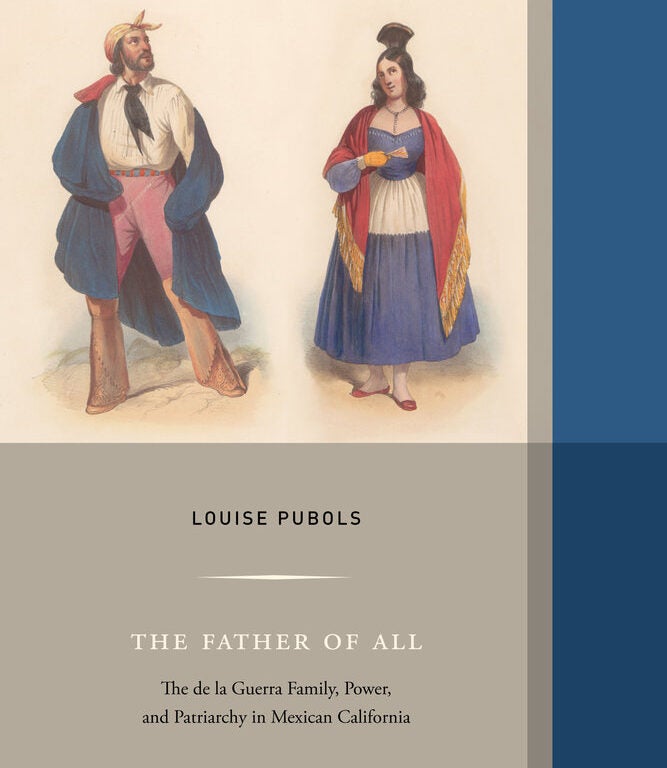Transborder Los Angeles An Unknown Transpacific History of Japanese-Mexican Relations
Yu Tokunaga
Focusing on Los Angeles farmland during the years between the Immigration Act of 1924 and the Japanese Internment in 1942, Transborder Los Angeles weaves together the narratives of Mexican and Japanese immigrants into a single transpacific history. In this book, Yu Tokunaga moves from international relations between Japan, Mexico, and the US to the Southern California farmland, where ethnic Japanese and Mexicans played a significant role in developing local agriculture, one of the major industries of LA County before World War II. Japanese, Mexicans, and white Americans developed a unique triracial hierarchy in farmland that generated both conflict and interethnic accommodation by bringing together local issues and international concerns beyond the Pacific Ocean and the US-Mexico border. Viewing these experiences in a single narrative form, Tokunaga breaks new ground, demonstrating the close relationships between the ban on Japanese immigration, Mexican farmworkers’ strikes, wartime Japanese removal, and the Bracero Program.
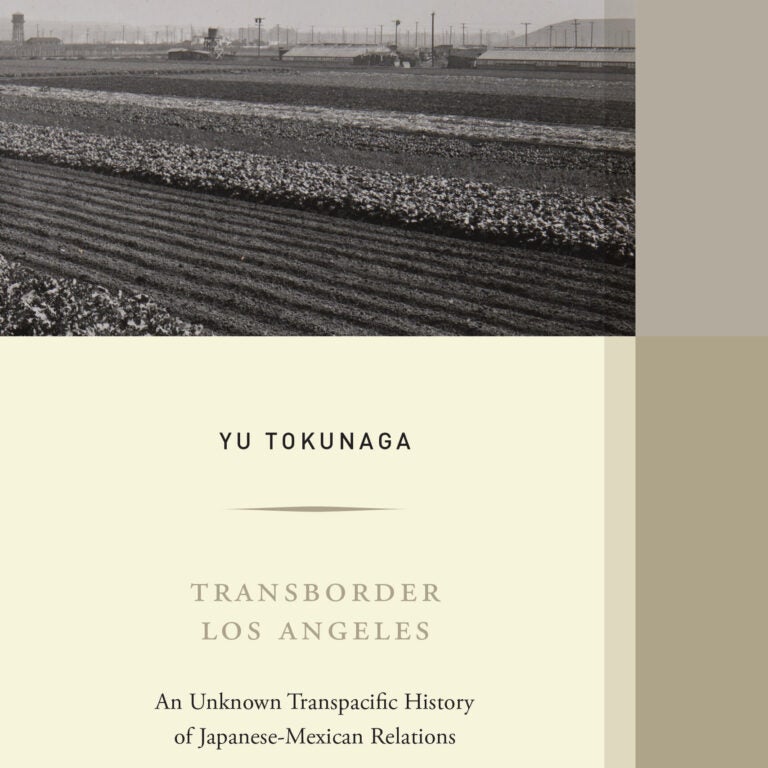
Braided Waters: Environment and Society in Molokai, Hawaii
Wade Graham
Braided Waters sheds new light on the relationship between environment and society by charting the history of Hawaii’s Molokai island over a thousand-year period of repeated settlement. From the arrival of the first Polynesians to contact with eighteenth-century European explorers and traders to our present era, this study shows how the control of resources—especially water—in a fragile, highly variable environment has had profound effects on the history of Hawaii. Wade Graham examines the ways environmental variation repeatedly shapes human social and economic structures and how, in turn, man-made environmental degradation influences and reshapes societies. A key finding of this study is how deep structures of place interact with distinct cultural patterns across different societies to produce similar social and environmental outcomes, in both the Polynesian and modern eras—a case of historical isomorphism with profound implications for global environmental history.

The Worlds of Junípero Serra: Historical Contexts and Cultural Representations
ed. Steven W. Hackel
As one of America’s most important missionaries, Junípero Serra is widely recognized as the founding father of California’s missions. It was for that work that he was canonized in 2015 by Pope Francis. Less well known, however, is the degree to which Junípero Serra embodied the social, religious and artistic currents that shaped Spain and Mexico across the 18th century. Further, Serra’s reception in American culture in the 19th and 20th centuries has often been obscured by the controversies surrounding his treatment of California’s Indians. This volume situates Serra in the larger Spanish and Mexican contexts within which he lived, learned, and came of age. Offering a rare glimpse into Serra’s life, these essays capture the full complexity of cultural trends and developments that paved the way for this powerful missionary to become not only California’s most polarizing historical figure but also North America’s first Spanish colonial saint.
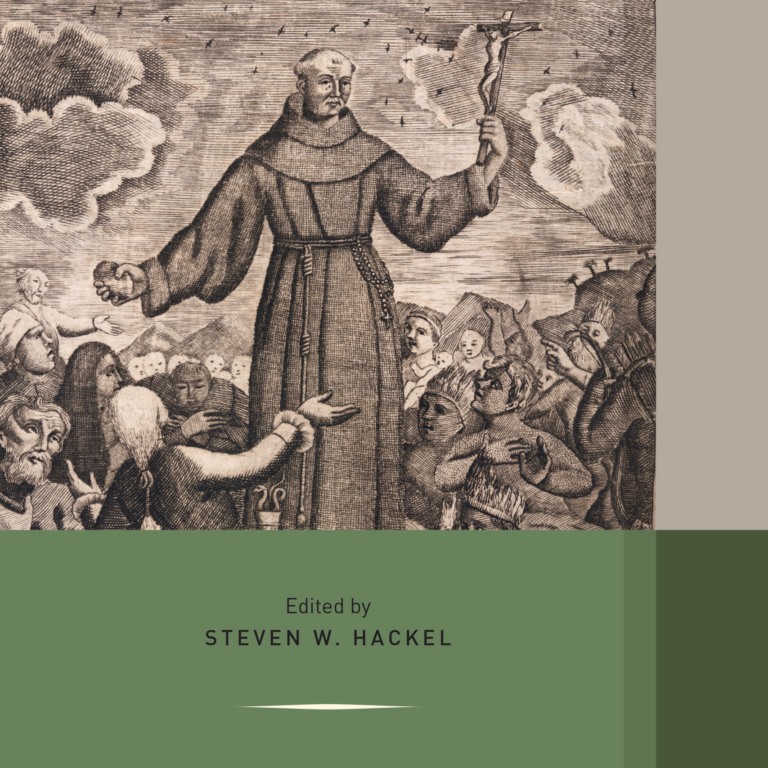
The Other California: Land, Identity, and Politics on the Mexican Borderlands
Verónica Castillo-Muñoz
The Other California is the story of working-class communities and how they constituted the racially and ethnically diverse landscape of Baja California. Packed with new and transformative stories, the book examines the interplay of land reform and migratory labor on the peninsula from 1850 to 1954, as governments, foreign investors, and local communities shaped a vibrant and dynamic borderland alongside the booming cities of Tijuana, Mexicali, and Santa Rosalia. Migration and intermarriage between Mexican women and men from Asia, Europe, and the United States transformed Baja California into a multicultural society. Mixed-race families extended across national borders, forging new local communities, labor relations, and border politics.
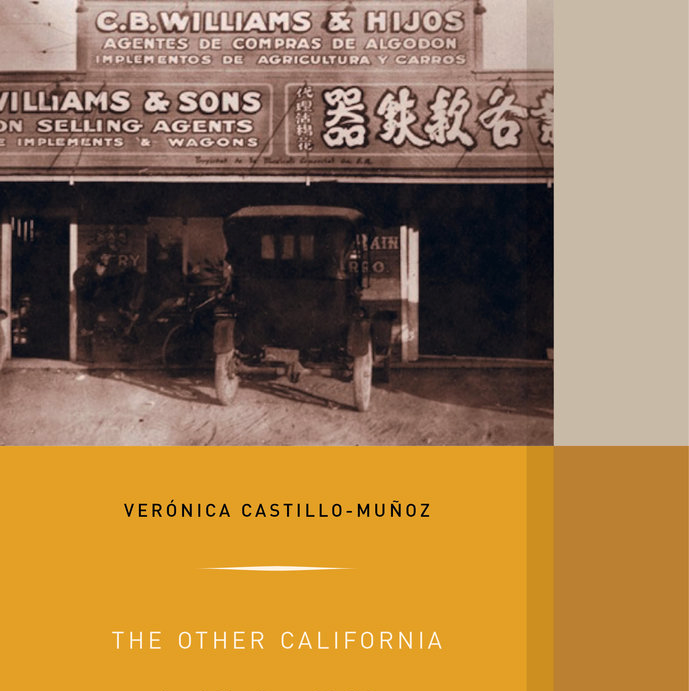
Heavy Ground: William Mulholland and the St. Francis Dam Disaster
Norris Hundley jr. and Donald C. Jackson
Minutes before midnight on March 12, 1928, the St. Francis Dam collapsed, sending more than 12 billion gallons of water surging through California’s Santa Clara Valley and killing some 400 people, causing the greatest civil engineering disaster in twentieth-century American history. This extensively illustrated volume gives an account of how the St. Francis Dam came to be built, the reasons for its collapse, the terror and heartbreak brought by the flood, the efforts to restore the Santa Clara Valley, the political factors influencing investigations of the failure, and the effect of the disaster on dam safety regulation. Underlying all is a consideration of how the dam—and the disaster—were inextricably intertwined with the life and career of William Mulholland.
Winner of the 2017 Sally Hacker Prize, The Society for the History of Technology
“For its lucid explication of the politics surrounding the disaster, its minute-by-minute description of the dam’s final moments . . . and its meticulous and careful analysis of the dam’s design, construction, and failure, Heavy Ground joins the list of books displaying “exceptional scholarship” while reaching for reader “beyond the academy.” Additionally, the book superbly integrates the history of technology with social, cultural, and economic contexts; in short, Heavy Ground is a most worthy recipient of the Sally Hacker Prize, and we commend Hundley and Jackson for their achievement.”
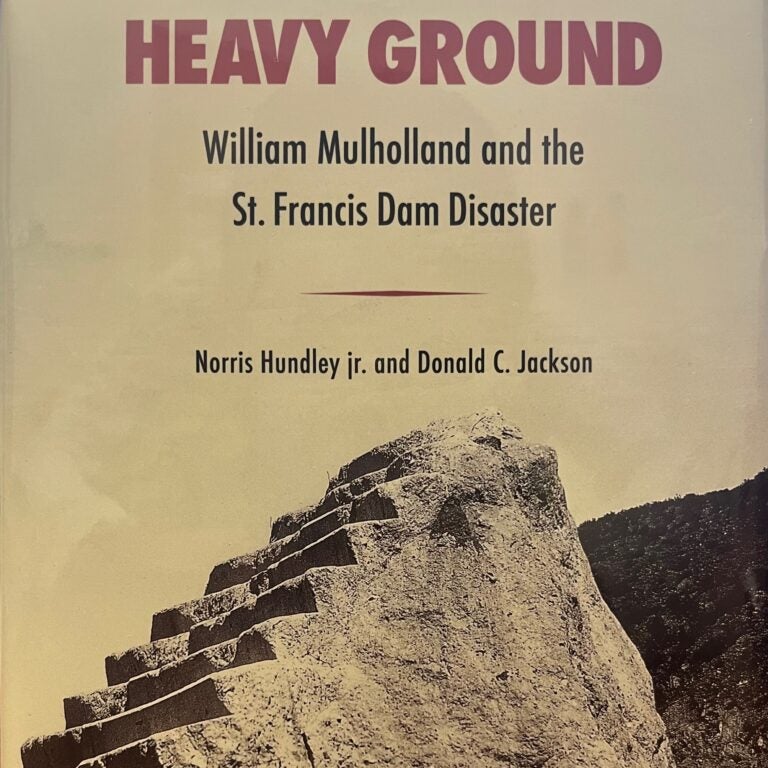
A Squatter’s Republic: Land and the Politics of Monopoly in California, 1850-1900
Tamara Venit Shelton
Who should have the right to own land, and how much of it? A Squatter’s Republic follows the rise and fall of the land question in the Gilded Age—and the rise and fall of a particularly nineteenth-century vision of landed independence. More specifically, the author considers the land question through the anti-monopolist reform movements it inspired in late nineteenth-century California. The Golden State was a squatter’s republic—a society of white men who claimed no more land than they could use, and who promised to uphold agrarian republican ideals and resist monopoly, the nemesis of democracy. Their opposition to land monopoly became entwined with public discourse on Mexican land rights, industrial labor relations, immigration from China, and the rise of railroad and other corporate monopolies.
Tamara Venit Shelton is Assistant Professor of History at Claremont McKenna College.

Where Minds and Matters Meet: Technology in California and the West
ed. Volker Janssen
The American West—where such landmarks as the Golden Gate Bridge rival wild landscapes in popularity and iconic significance—has been viewed as a frontier of technological innovation. Where Minds and Matters Meet calls attention to the convergence of Western history and the history of technology, showing that the region’s politics and culture have shaped seemingly placeless, global technological practices and institutions. Drawing on political and social history as well as art history, the book’s essays take the cultural measure of the region’s great technological milestones, including San Diego’s Panama-California Exposition, the building of the Hetch Hetchy Dam in the Sierras, and traffic planning in Los Angeles.
Contributors: Amy Bix, Louise Nelson Dyble, Patrick McCray, Linda Nash, Peter Neushul, Matthew W. Roth, Bruce Sinclair, L. Chase Smith, Carlene Stephens, Aristotle Tympas, Jason Weems, Peter Westwick, Stephanie Young
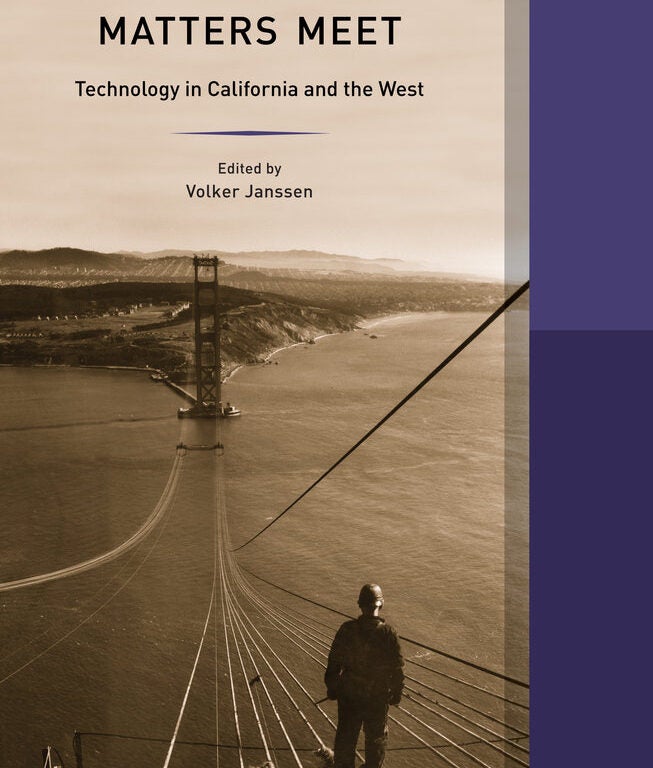
Post-Ghetto: Reimagining South Los Angeles
ed. Josh Sides
Is South Los Angeles on the mend? How is it combating the blight of crime, gang violence, high unemployment, and dire poverty? In provocative essays, the contributing authors to Post-Ghetto address these questions by pointing out robust signs of hope for the area’s residents—an increase in corporate retail investment, a decrease in homicides, a proliferation of nonprofit service providers, a paradigm shift in violence- and gang-prevention programs, and progress toward a strengthened, more racially integrated labor movement. By charting the connections between public policy and the health of a community, the authors offer innovative ideas and visionary strategies for further urban renewal and remediation.
Contributors: Jake Alimahomed-Wilson, Andrea Azuma, Edna Bonacich, Robert Gottlieb, Karen M. Hennigan, Jorge N. Leal, Jill Leovy, Cheryl Maxson, Scott Saul, David C. Sloane, Mark Vallianatos, Danny Widener, Natale Zappia.
Josh Sides is Whitsett Chair of California History and Director of the Center for Southern California Studies at California State University, Northridge.
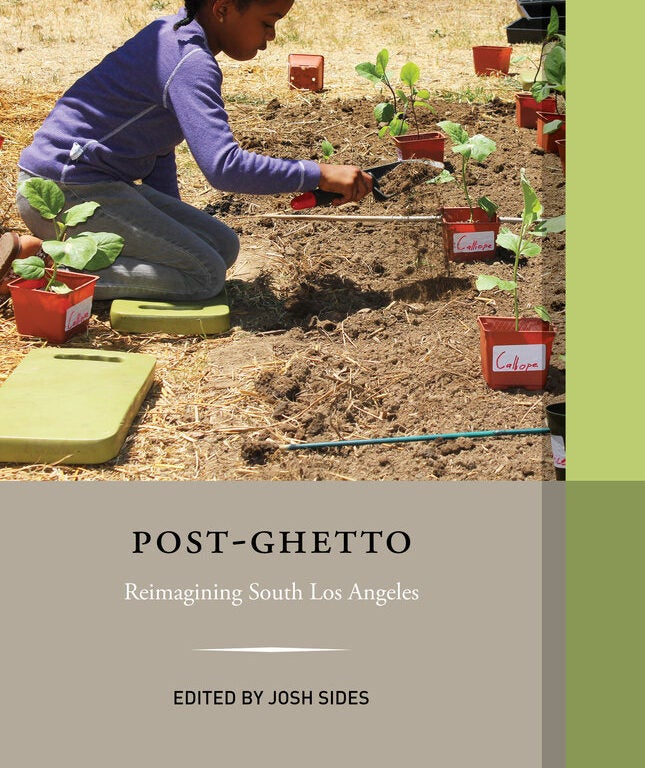
Blue Sky Metropolis: The Aerospace Century in Southern California
ed. Peter J. Westwick
Why did Southern California become the aerospace capital of the world? What were the consequences of this development for the region, for the nation, and for aerospace itself? Featuring essays by a multidisciplinary group of leading scholars and writers, this volume investigates the intersection of aerospace and Southern California through the lenses of anthropology, history of science and technology, labor, business, ethnicity and gender, architecture, and the environment.
Best Non-Fiction Book, Los Angeles Public Library
Peter J. Westwick is an assistant professor of history at the University of Southern California and director of the Aerospace History Project, an initiative of the Huntington-USC Institute on California and the West.
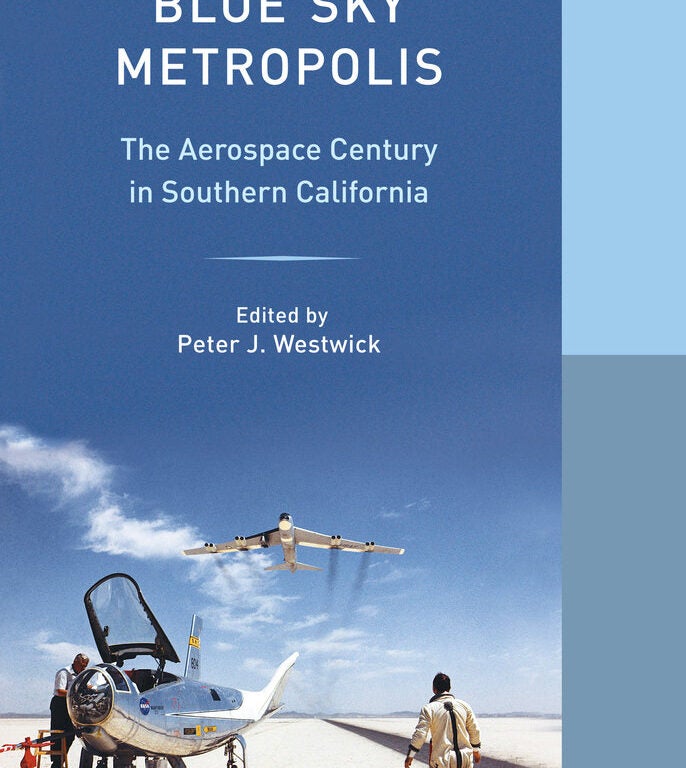
American Heathens: Religion, Race, and Reconstruction in California
Joshua Paddison
In the 19th-century debate over whether the United States should be an explicitly Christian nation, California emerged as a central battleground. Racial groups that were perceived as godless and uncivilized were excluded from suffrage, and evangelism among Indians and the Chinese was seen as a politically incendiary act. Joshua Paddison sheds light on Reconstruction’s impact on Indians and Asian Americans by illustrating how marginalized groups fought for a political voice, refuting racist assumptions with their lives, words, and faith. Reconstruction, he argues, was not merely a remaking of the South, but rather a multiracial and multiregional process of reimagining the nation.
Joshua Paddison is an American Council of Learned Societies New Faculty Fellow in the American Studies Program and the Department of Religious Studies at Indiana University.

Alta California: Peoples in Motion, Identities in Formation
ed. Stephen W. Hackel
Spanish California—with its diverse mix of Indians, soldiers, settlers, and missionaries—provides a fascinating site for the investigation of individual and collective identity in colonial America. Through innovative methodologies and extensive archival research, the nine essays in this volume reshape our understanding of how people in the northernmost Spanish Borderlands viewed themselves and remade their worlds. Essays examine Franciscan identity and missionary tactics in Alta California, Sonora, and the Sierra Gorda; Spanish and Mexican settlers’ identity as revealed in mission records, family relationships, political affiliations, and genetic origins; and Indian identity as shown in mission orchestras and choral guilds as well as in the life of Pablo Tac, a Luiseño who penned his own remembrance of the Spanish conquest of Alta California. The concluding essays examine the identity and historiography of the field of the Spanish Borderlands as it has developed over the last century in North America and Spain.

The Father of All: The de la Guerra Family, Power, and Patriarchy in Mexican California
Louise Pubols
Historian Louise Pubols presents a rich and nuanced study of a key family in California’s past: the de la Guerras of Santa Barbara. Amid sweeping economic and political changes, including the U.S.Mexican War, the de la Guerra family continually adapted and reinvented themselves. This absorbing narrative is much more than the history of an elite and powerful family, however. Pubols analyzes the region’s trading and provisioning economy and clarifies its volatile political rivalries. By tracing a web of business and family relationships, Pubols shows in practical terms how patriarchy functioned from generation to generation in Spanish and Mexican California. This is the first of a series of books on western history to be copublished by the Huntington Library and University of California Press.
Ray Allen Billington Prize, Organization of American Historians
William P. Clements Prize, William P. Clements Center for Southwest Studies
Louise Pubols is Chief Curator of the History Department of the Oakland Museum of California.
